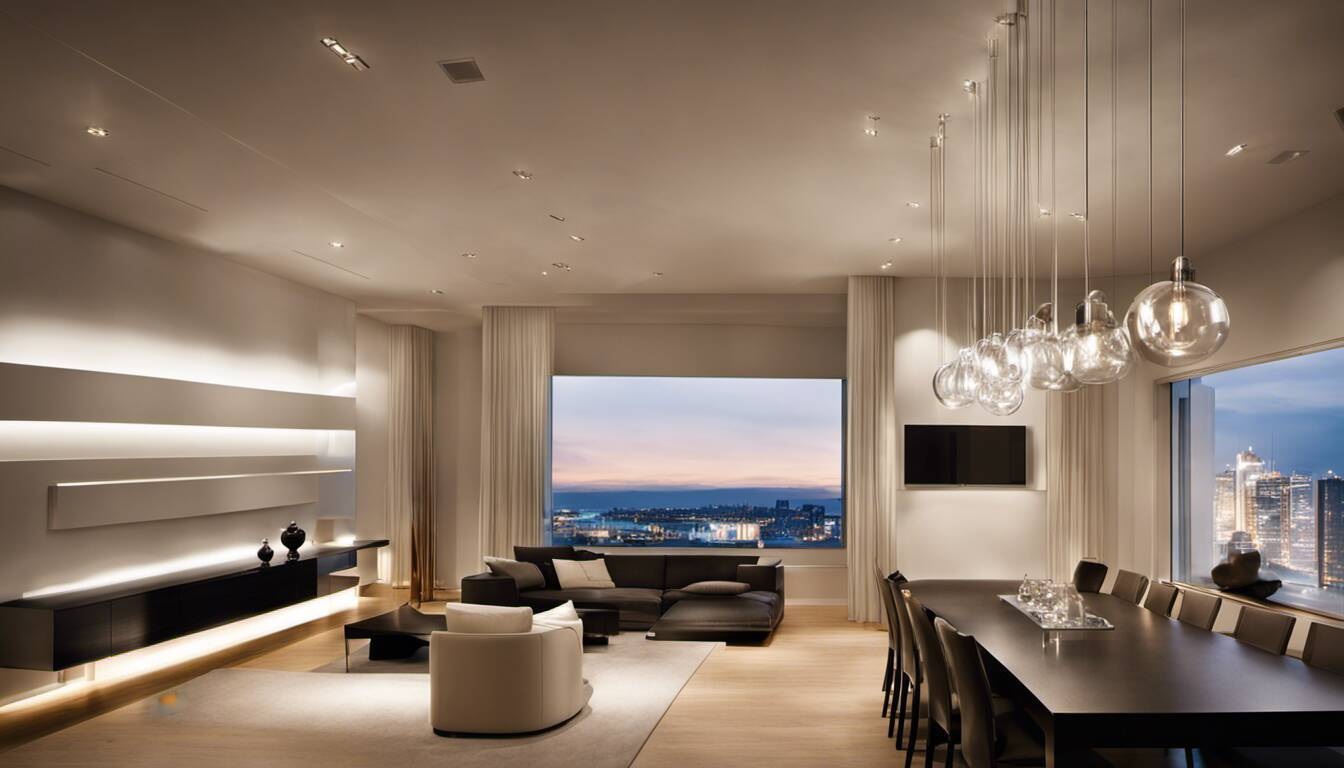Lighting plays a crucial role in shaping the ambiance and functionality of any space. From creating a cozy atmosphere in a living room to enhancing productivity in a workspace, the right lighting can make all the difference. However, navigating through the plethora of lighting options available can be overwhelming. In this guide, we’ll shed light on different types of lighting, helping you understand their characteristics and applications.
Natural lighting: the power of sunlight
Natural lighting, often considered the gold standard of illumination, is the most desirable form of light. Nothing quite compares to the warmth and radiance of sunlight streaming through windows. Natural light not only brightens up a space but also promotes well-being by regulating our circadian rhythms and boosting mood.
When designing a space, maximizing natural light should be a priority. Large windows, skylights, and strategically placed mirrors can help amplify natural light, reducing the need for artificial lighting during the day. Harnessing natural light not only saves energy but also enhances the aesthetic appeal of interiors.
Artificial lighting: illuminating options
- Incandescent lighting: once a popular choice for residential lighting, incandescent bulbs have largely been phased out due to their inefficiency. These bulbs produce light by heating a filament wire until it glows. While incandescent bulbs offer warm, pleasing light, they are energy-intensive and have a short lifespan compared to modern alternatives.
- LED lighting: LED (Light Emitting Diode) lighting has revolutionized the lighting industry with its energy efficiency and versatility. LED bulbs consume significantly less energy than traditional incandescent bulbs and last much longer. They are available in a variety of color temperatures, making them suitable for various applications, from task lighting to accent lighting.
- Fluorescent lighting: Commonly found in commercial and industrial settings, fluorescent lighting is known for its efficiency and brightness. While traditional fluorescent tubes have a reputation for casting a harsh, cool-toned light, advancements in technology have led to the development of compact fluorescent lamps (CFLs) and fluorescent bulbs with warmer color temperatures.
Accent lighting: adding depth and drama
Accent lighting is used to highlight specific features or create focal points within a space. It adds depth and dimension to interiors, drawing attention to architectural details, artwork, or decorative elements. Common types of accent lighting include:
- Track lighting: versatile and adjustable, track lighting consists of multiple light fixtures mounted on a track system. It allows for precise aiming of light, making it ideal for highlighting artwork or architectural features.
- Wall sconces: mounted on walls, sconces provide ambient or task lighting while adding a decorative touch to interiors. They can be used to frame mirrors, flank doorways, or illuminate hallways.
- Picture lights: designed specifically for illuminating artwork, picture lights are mounted above or below paintings to enhance their visual impact. They typically feature adjustable arms or shades to direct light precisely where it’s needed.
Choosing the right lighting for your space
When selecting lighting for your home or commercial space, consider the following factors:
- Functionality: determine the primary function of the space and choose lighting that supports it. For example, task lighting is essential in kitchens and home offices, while ambient lighting sets the mood in living rooms and bedrooms.
- Aesthetics: lighting fixtures should complement the style and decor of the space. Whether you prefer sleek, modern fixtures or vintage-inspired designs, there are plenty of options to choose from.
- Energy efficiency: opt for energy-efficient lighting solutions to reduce electricity consumption and lower utility bills. LED bulbs, in particular, offer significant energy savings and have a long lifespan.
- Flexibility: invest in lighting fixtures that offer flexibility and control. Dimmer switches, smart lighting systems, and adjustable fixtures allow you to customize the lighting levels according to your needs and preferences.
Conclusion
In conclusion, understanding the different types of lighting is essential for creating a well-lit and inviting environment. Whether you’re looking to brighten up your living space with natural light or enhance its ambiance with artificial lighting, there are plenty of options to choose from. By considering factors such as functionality, aesthetics, energy efficiency, and flexibility, you can select lighting solutions that perfectly suit your needs and preferences. And if you’re looking to add a touch of elegance to your space, consider incorporating handblown glass chandeliers for a stunning focal point that illuminates and enchants.





